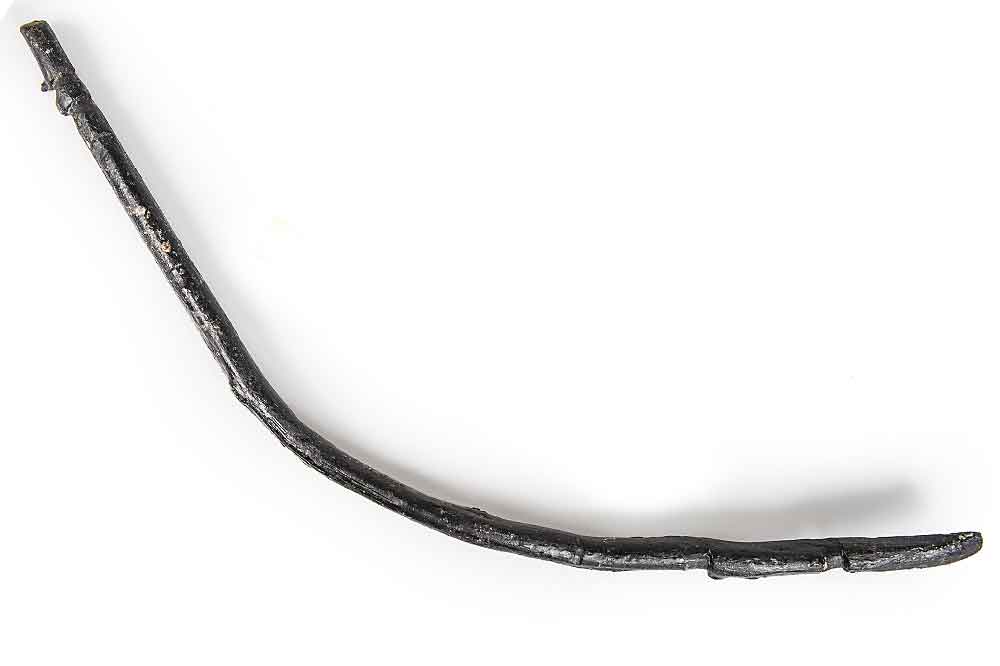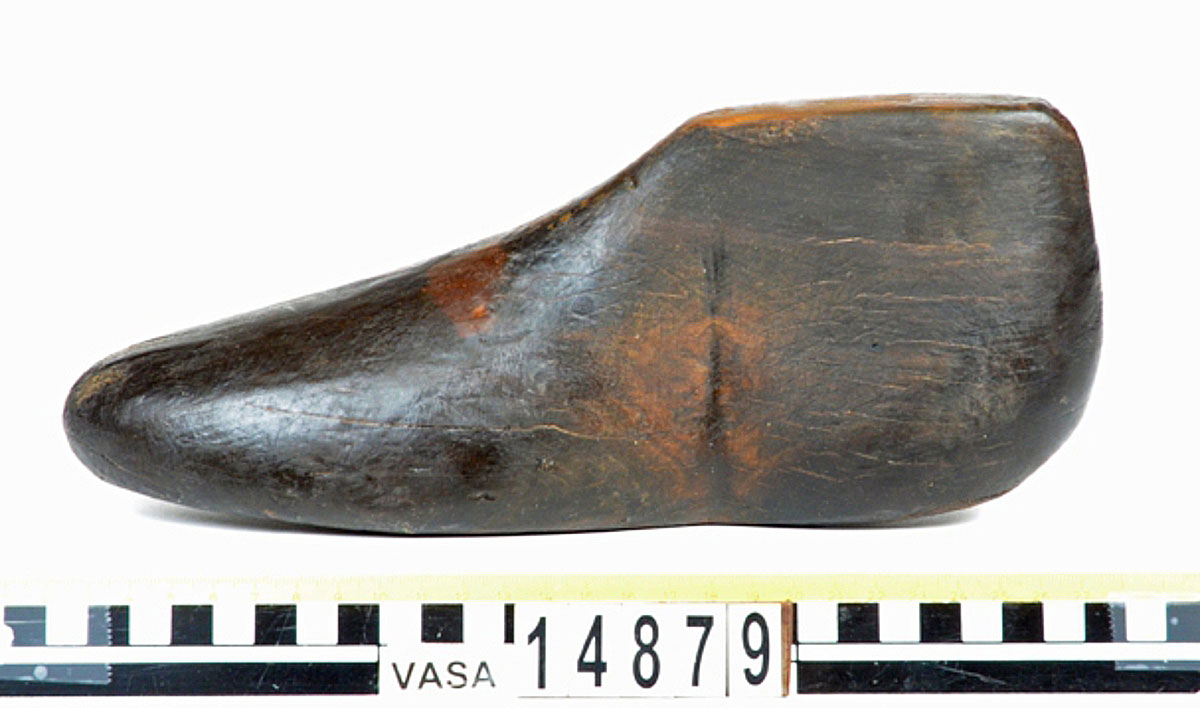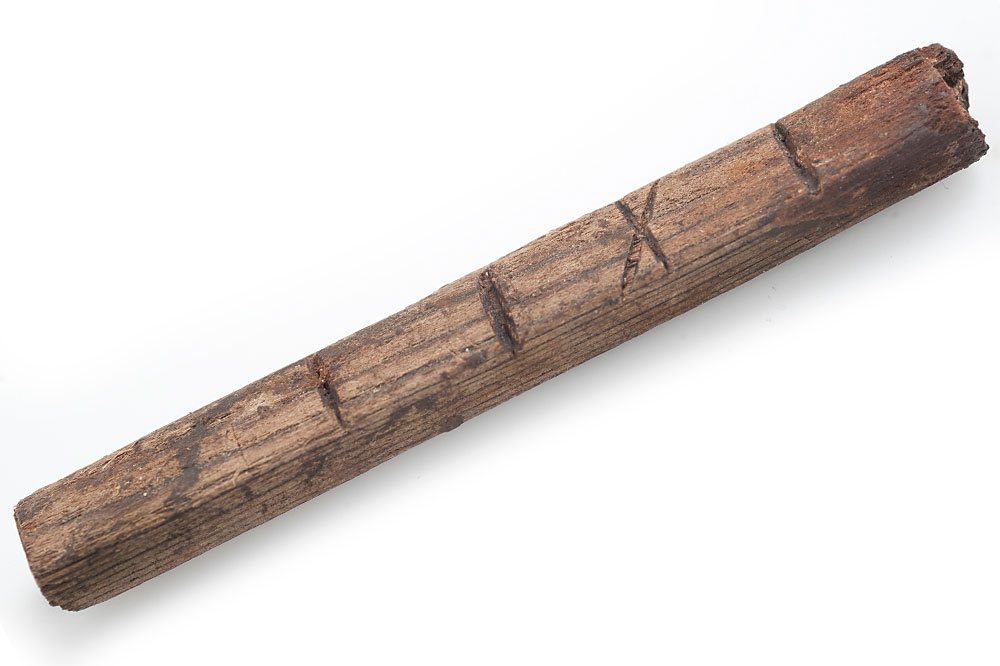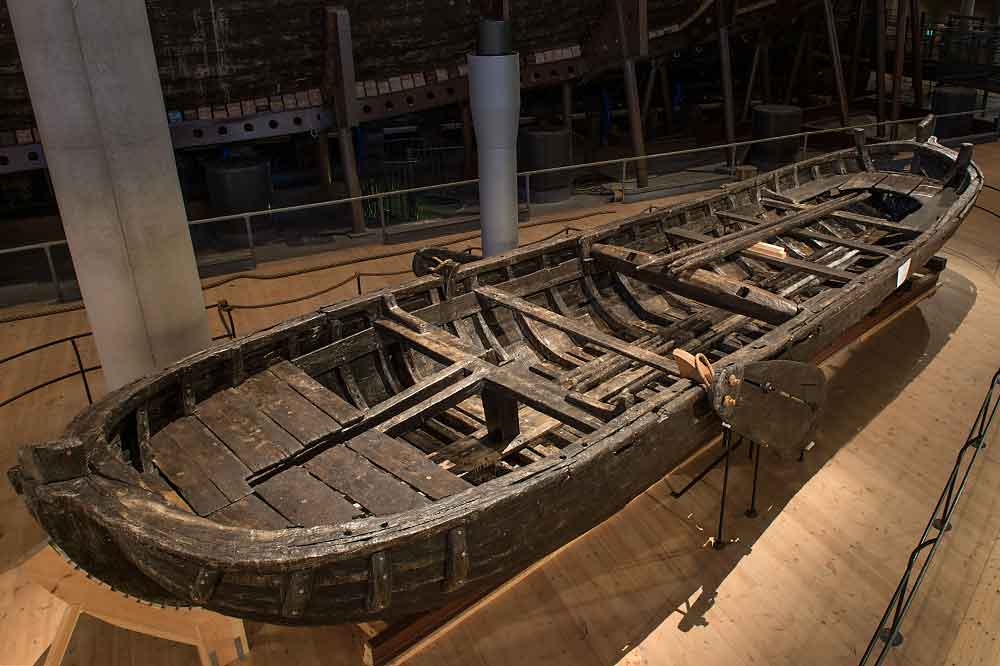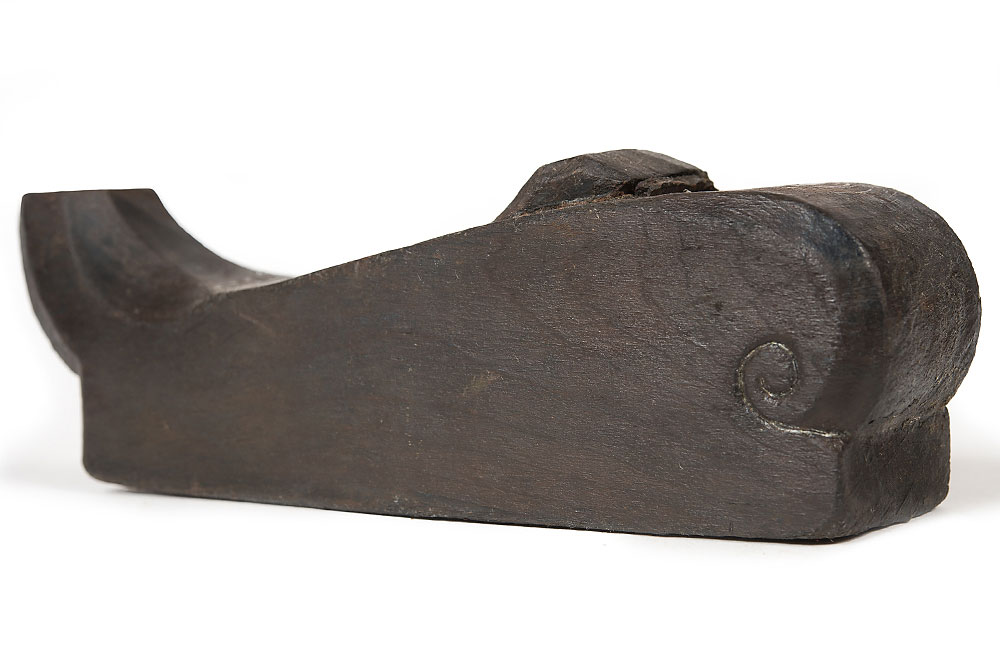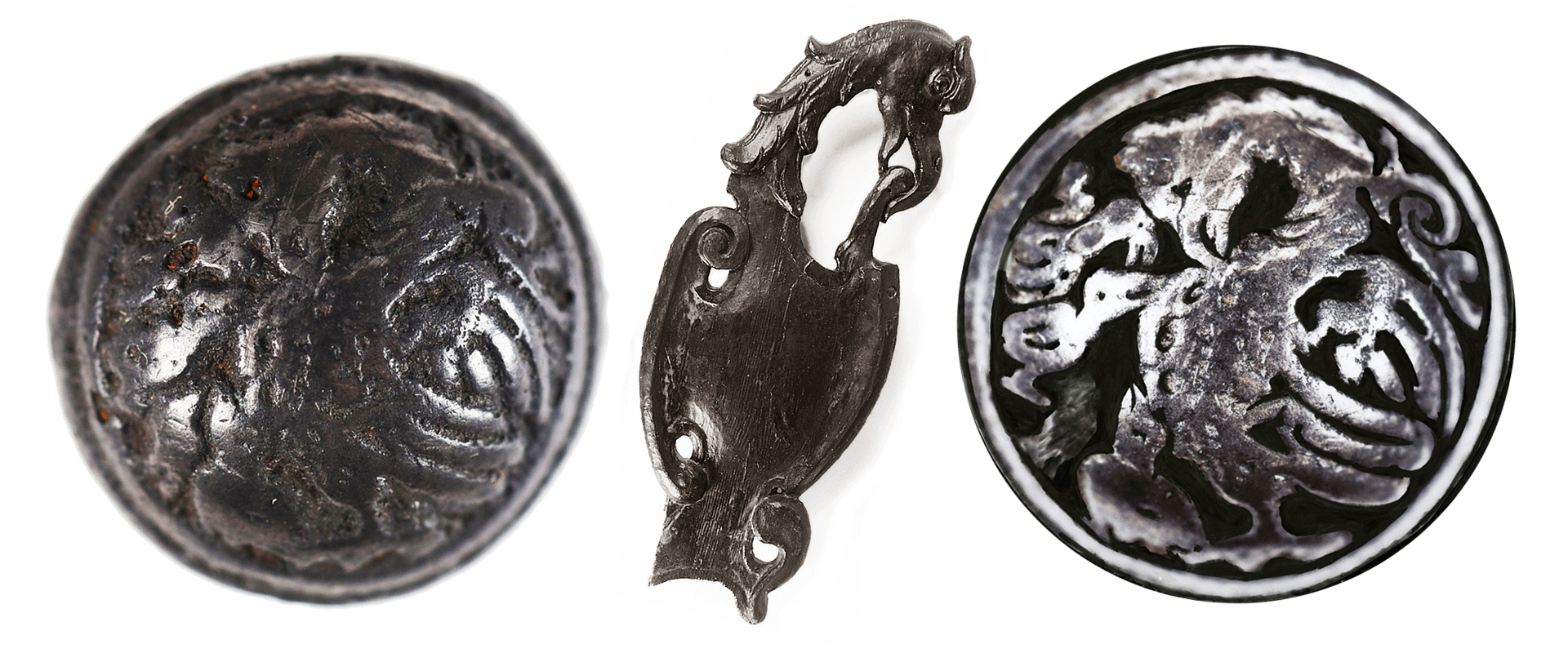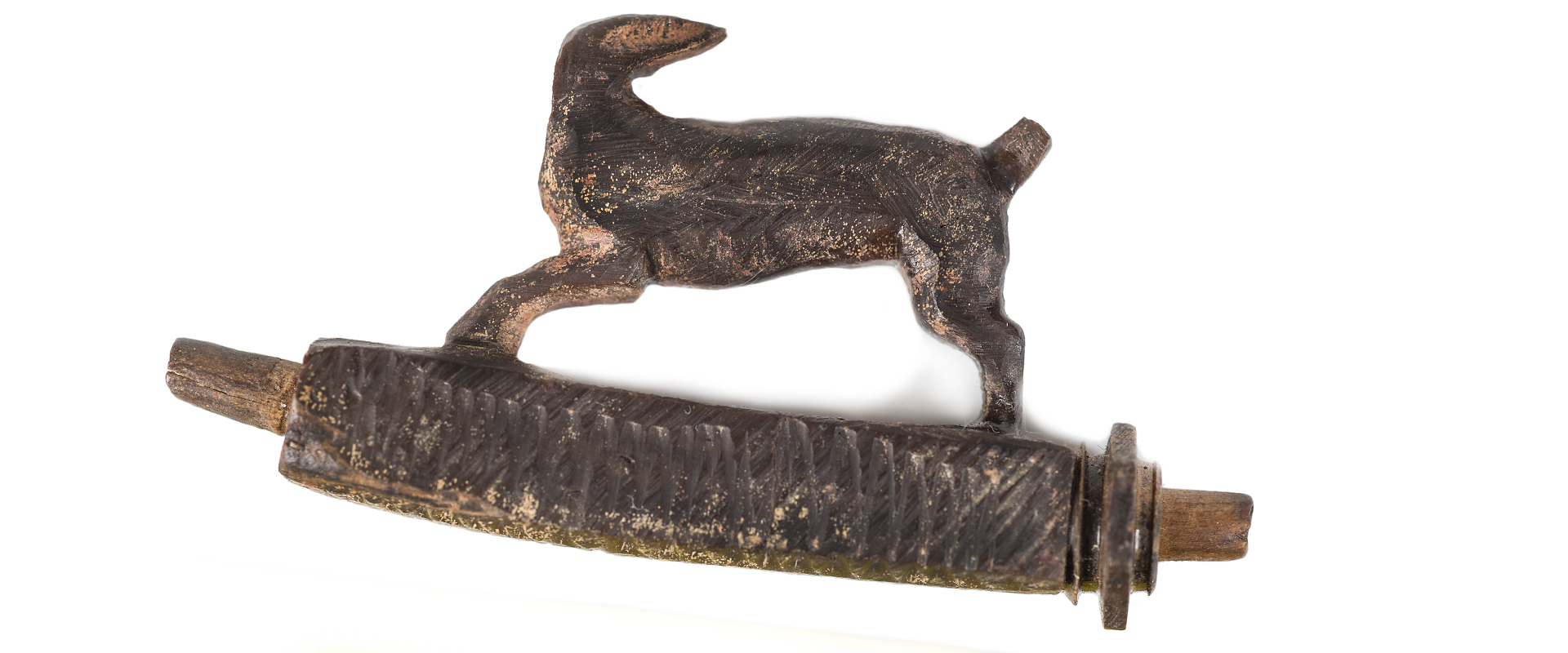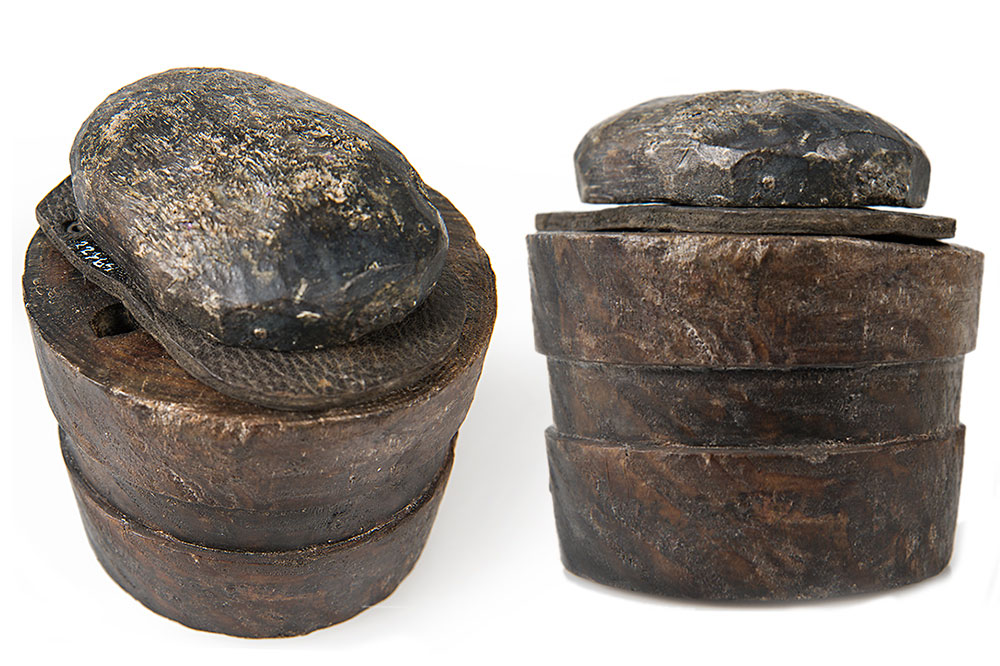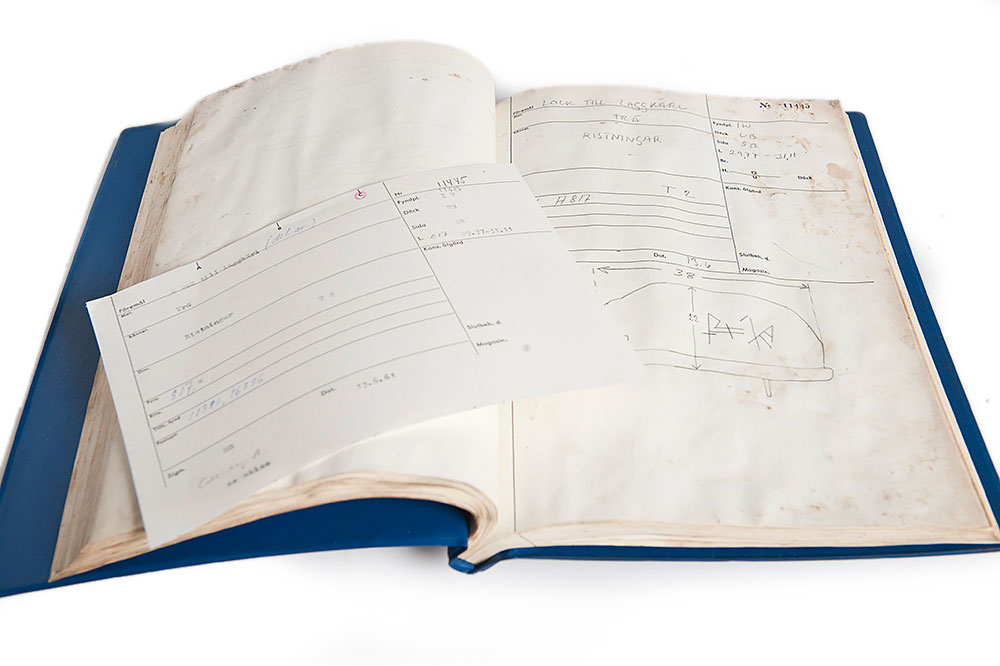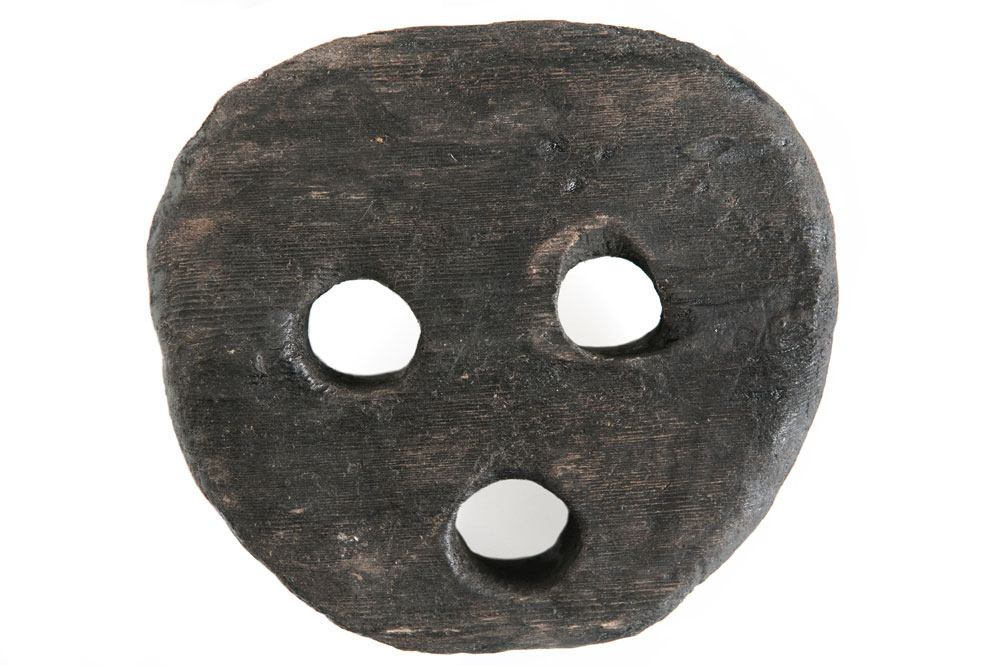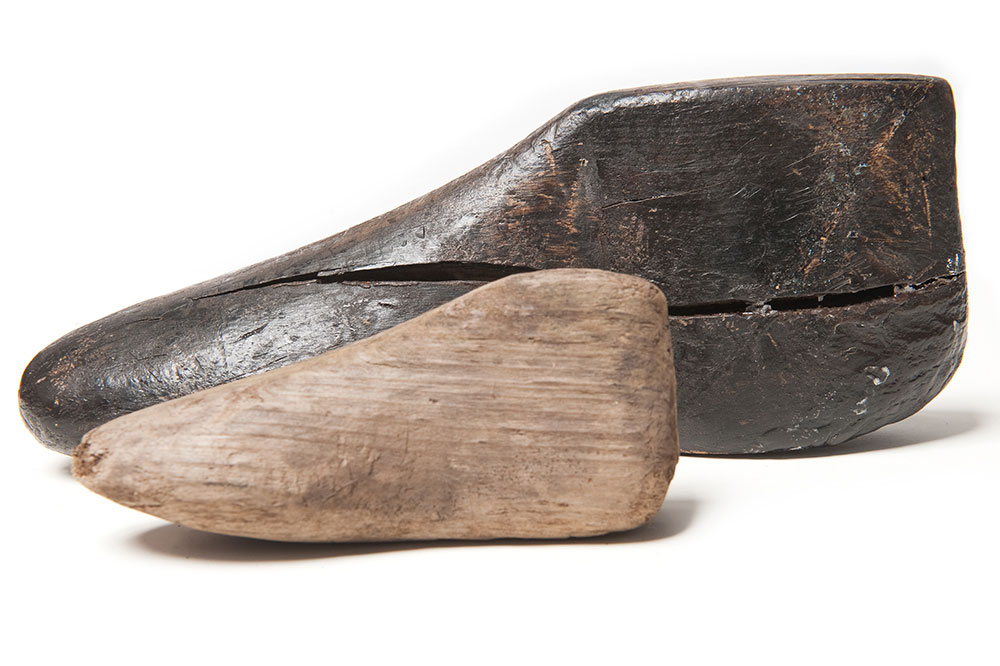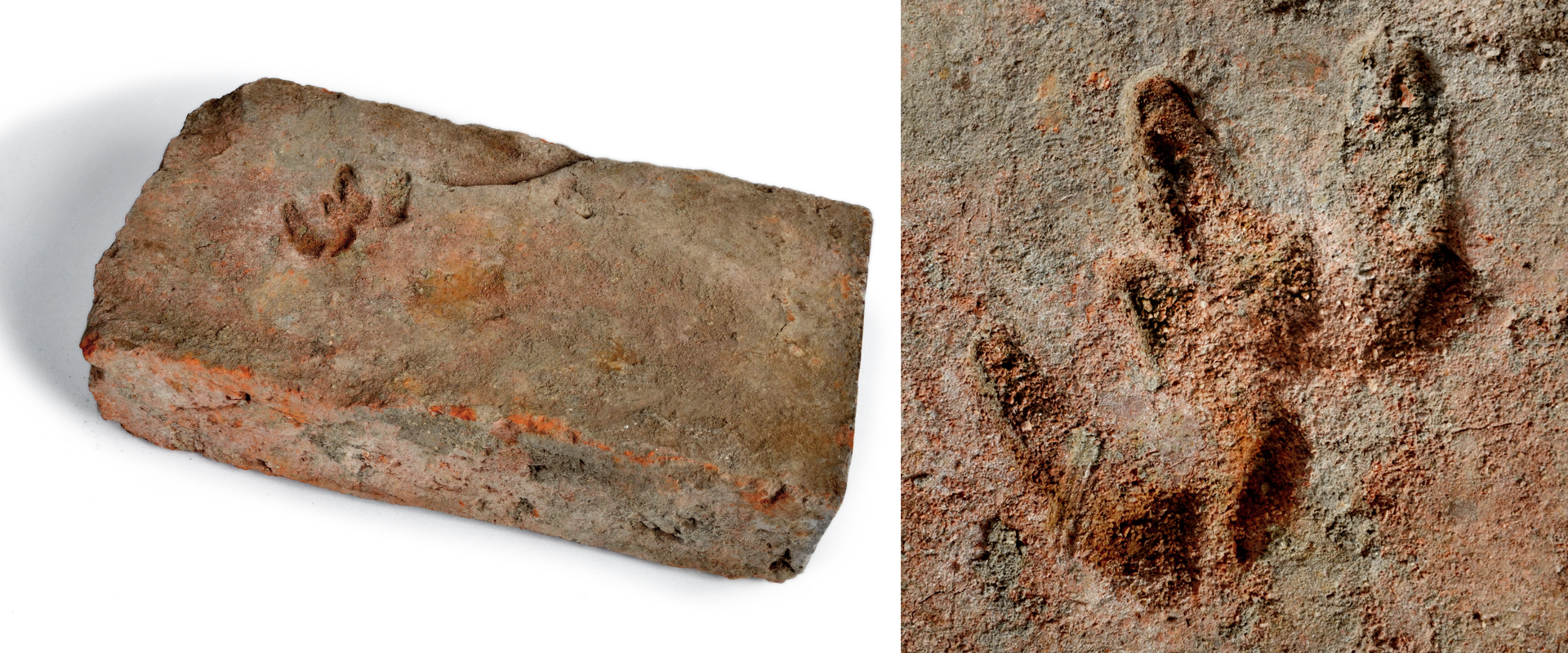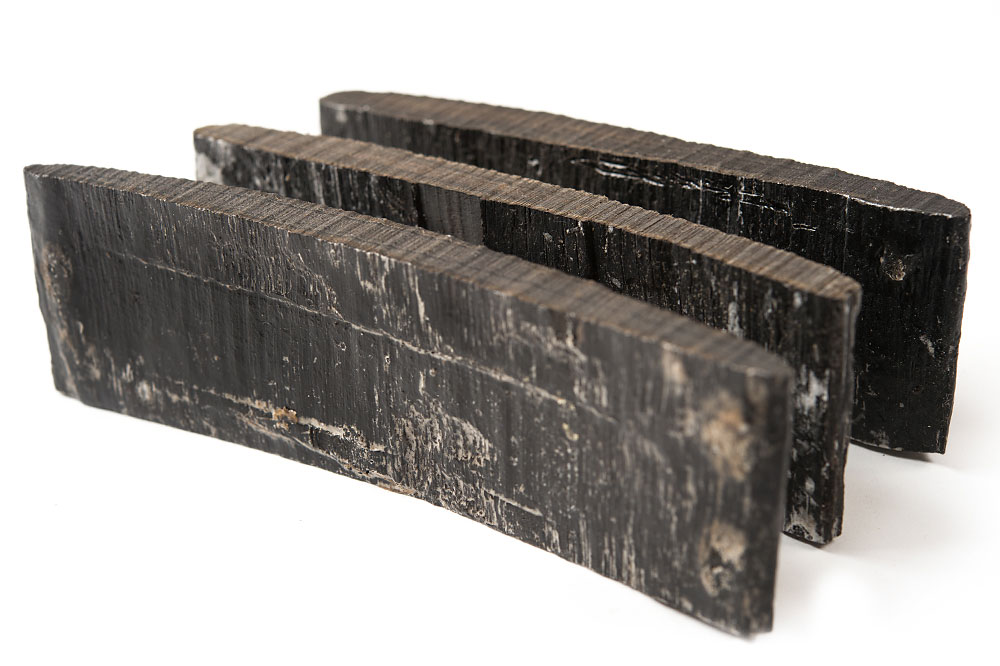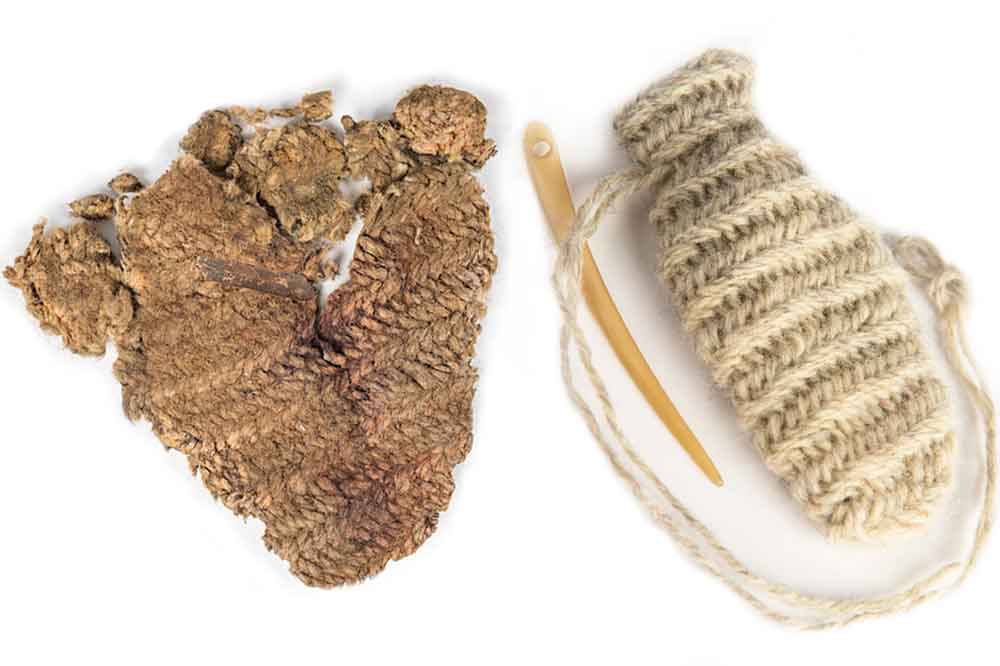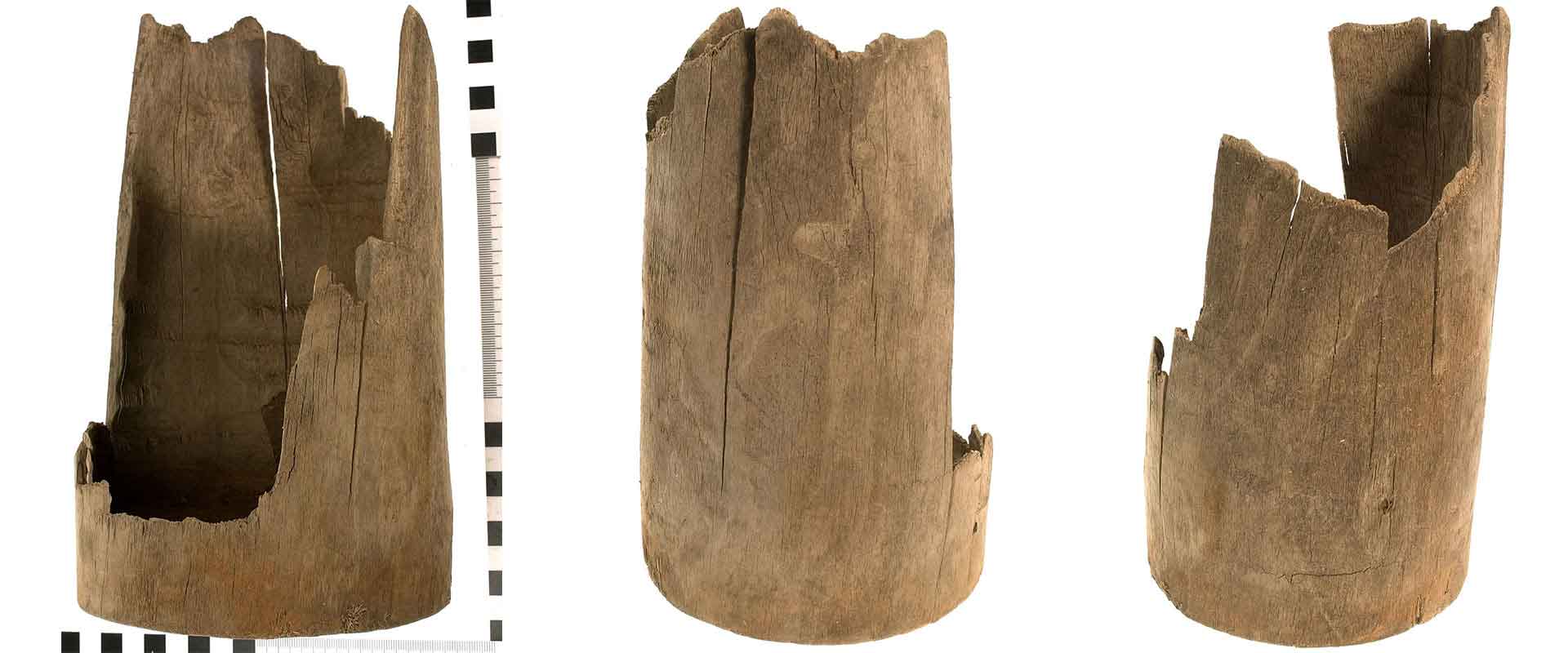A previously unidentified object in Vasa's collection has been identified with the help from recent marine archaeological findings.
There are a number of objects in our collections that we haven't yet been able to identify. We neither know what they are nor how they were used. This bow, as shown in the above picture, has until now been one of those objects.
It is a bow-shaped stick with carved notches in the ends. It is 72 cm long and has a diameter of 2.5 cm. It is well-preserved and probably made from spruce.
The object is lacking its original find number so its context, the information about where it was found on board Vasa, is lost. This complicates the interpretation of the find.
The bow has been in our store rooms, on a pallet with other unidentified objects, but during a recent visit, colleagues from the Archaeology Unit of The Maritime Museum noticed it. It resembled a similar object found during the excavation of 17th century boat remains off Blasieholmen, in central Stockholm. In Boat remains no. 4, they found different types of household objects, including a so-called "slaughter bow", which is very like our object.
What is a sloughter bow?
A slaughter bow is a tool that has been used in butchering since medieval times. The animal to be butchered is hung on the bow to facilitate cutting. The animal's backbone is securely fastened to the notches in the ends so that the carcass is held taut during the butchering. The bow usually hung from a wooden butcher's hook. Finds of butchers' hooks can be found in collections from The Swedish History Museum Museum and the Stockholm City Museum.
Since we do not know where the object was found, we cannot be certain that it was on board Vasa when the ship sank. It could have been deposited on the site during a later occasion.
Slaughter bows used today are made of metal.
